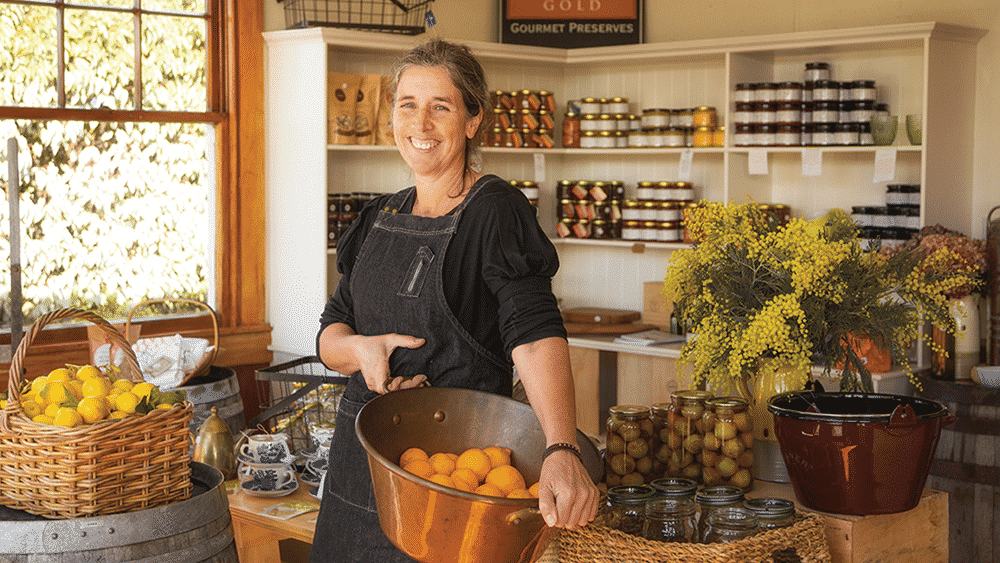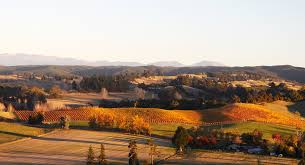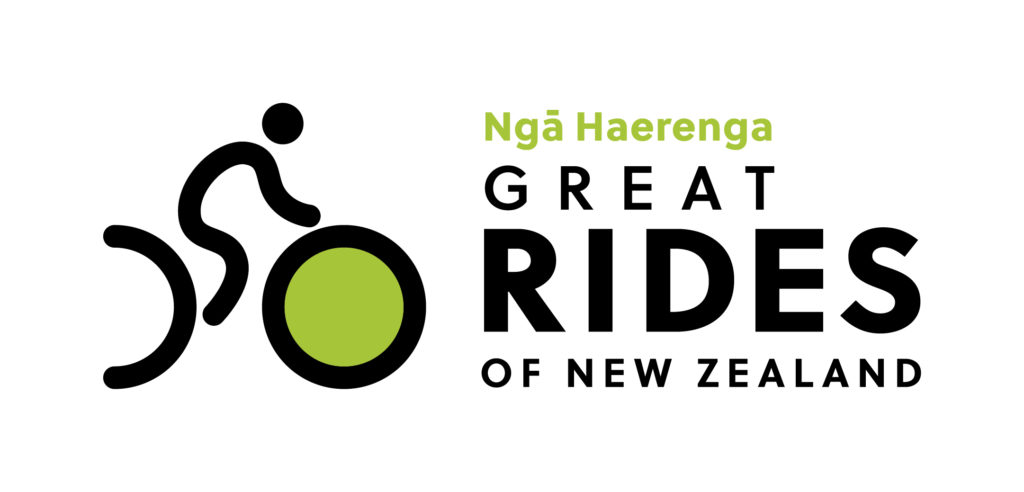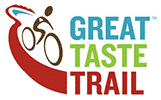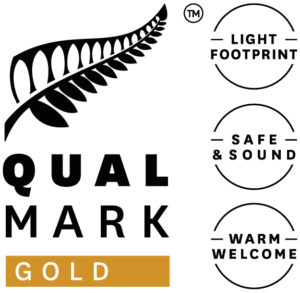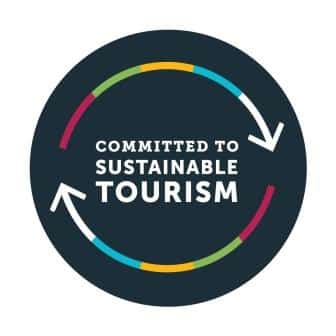The Upper Moutere is a village in the Moutere Valley, 12 kms from the coastal village of Mapua and 18kms south of Motueka. In 1843 German settlers arrived in the area, although their first location proved unsuitable for farming, so they left. Local Māori only used Moutere for seasonal food gathering and communication routes. This was largely due to the low-lying land in the valley being prone to flooding and swampland. A couple of German families (Heine and Bensemann) returned in 1849 to form the Village of Sarau (named after a village in northern Germany).This time their sections of land were on higher ground and in 1850 the Bensemanns built a house which had a two story wing added to it in 1853 which is now the Moutere Inn. The village became established and when the Moutere highway was redirected through the village, it’s future became more secure. A school and a Lutheran church were also built in the village. The first World War brought about the need to change the name of the village to Upper Moutere in 1917.
Although the first European settlers found the conditions initially too challenging to sustain a living off the land, the settlers went on to play a significant role in developing agriculture. Tobacco was grown commercially since 1888, but in 1930-60 the industry thrived with machinery eliminating hand weeding in the 1950’s which, whilst reducing wages, increased mechanisation and capitalisation, bringing Moutere into the modern era. During 1914, 55 of the 86 Moutere families were hop growers. The hop growing tradition serves the area well as it is now known as one of the top hop regions in New Zealand, with Moutere hops in high demand from craft breweries around the world.
Hops are not the only crop the Moutere is well known for today. The Seifried family were the first to plant vines in the Moutere, in 1973, on what is now the Kahurangi Estate just outside the village. The area has become known for world-class wines, with several boutique wineries found in the Moutere hills countryside.
Many descendants of the original settlers are farmers in Moutere, continuing the district’s reputation for crops and wine. Road names and family names show a strong connection to the first European settlers – Kelling, Eggers, Heine and Bensemann to name a few.
Today’s Upper Moutere village and surrounding countryside are home to acclaimed producers of wine, craft beer, cider, and foodstuffs. As well as producers, artists and craftspeople have chosen the area to live and work. The collective term ‘Moutere Artisans’ has become synonymous with quality and authenticity. They describe the Upper Moutere as ‘home to a bunch of creative and productive people’. The ‘bunch’ includes six artists with a wide range of materials used to express their artistic skills. Bronze, silver, steel, willow, clay, and wood from wine barrels are just some of the artists’ raw materials. Producers in the bunch showcase fine foodstuffs such as black garlic (a revelation for us when we first tried it a year ago), cured meats, handcrafted cheeses, small batch preserves using Moutere fruit, mushrooms, olives and olive oil. The area is also known for growing berries and although the growers of boysenberries, strawberries and blackcurrants are not under the umbrella of the Moutere Artisans, they play their part in adding to the range of produce from this small area. Honesty stalls offer seasonal opportunities for cyclists to stop off and purchase fresh berries.
Other reasons to stop along your bike ride in the Moutere are plentiful. So many reasons to punctuate a bike ride with a refreshment stop at cellar doors (six at the last count). If food is the focus there is the award-wining restaurant, Forsters at Moutere Hills or the Moutere Inn (with an array of craft beer and cider on tap). The Old Post Office provides a tranquil garden to enjoy a coffee and a home baked treat.
As there are many reasons to visit this little gem of the Tasman District, you would think it would be busy ….but here is the beauty of the place, it’s a well-kept secret, the countryside is tranquil, with a network of local backroads and a few paths, that are used by local cyclists, but fewer visitors. The summer bustle and buzz of the nearby coastal village of Mapua seems like a world away when you cycle less then 6kms into the Moutere countryside. I am not sure if I feel sorry, or not, for the cyclists on The Great Taste Trail who stick rigidly to the trail and don’t spend an extra day exploring some of the best ‘tastes’ of the region. Moutere has much to offer so many types of cyclists who come to explore the area, including those who want to cycle more than they stop and those who like all the places to stop as much as the bike ride! You are likely to feel you have the place to yourself and maybe it’s a good thing that it stays a bit of a hidden gem. We have been bringing people to this area for over 9 years and there are a few more people finding it (without our help), than when we first started. We love to share this part of NZ, but at the same time we are Ok with not bringing too many to this small community.
The Moutere Artisans are passionate about what they do and where they live, so every year they make a point of opening all their doors on the Sunday of the Labour holiday weekend (the last weekend of October). Many of the producers and all the artists are open to the public all or most of the year, however a few are only open on this one day. It has become a very well attended ‘open day’ with lots of not-so-local, locals enjoying a day in the countryside. It is the one day in the year when you won’t have the feeling of having the place to yourself and it is probably the day to leave the bike at home. Never worry there are 364 other days to explore the beautiful countryside and meet the exceptionally talented and friendly locals.
